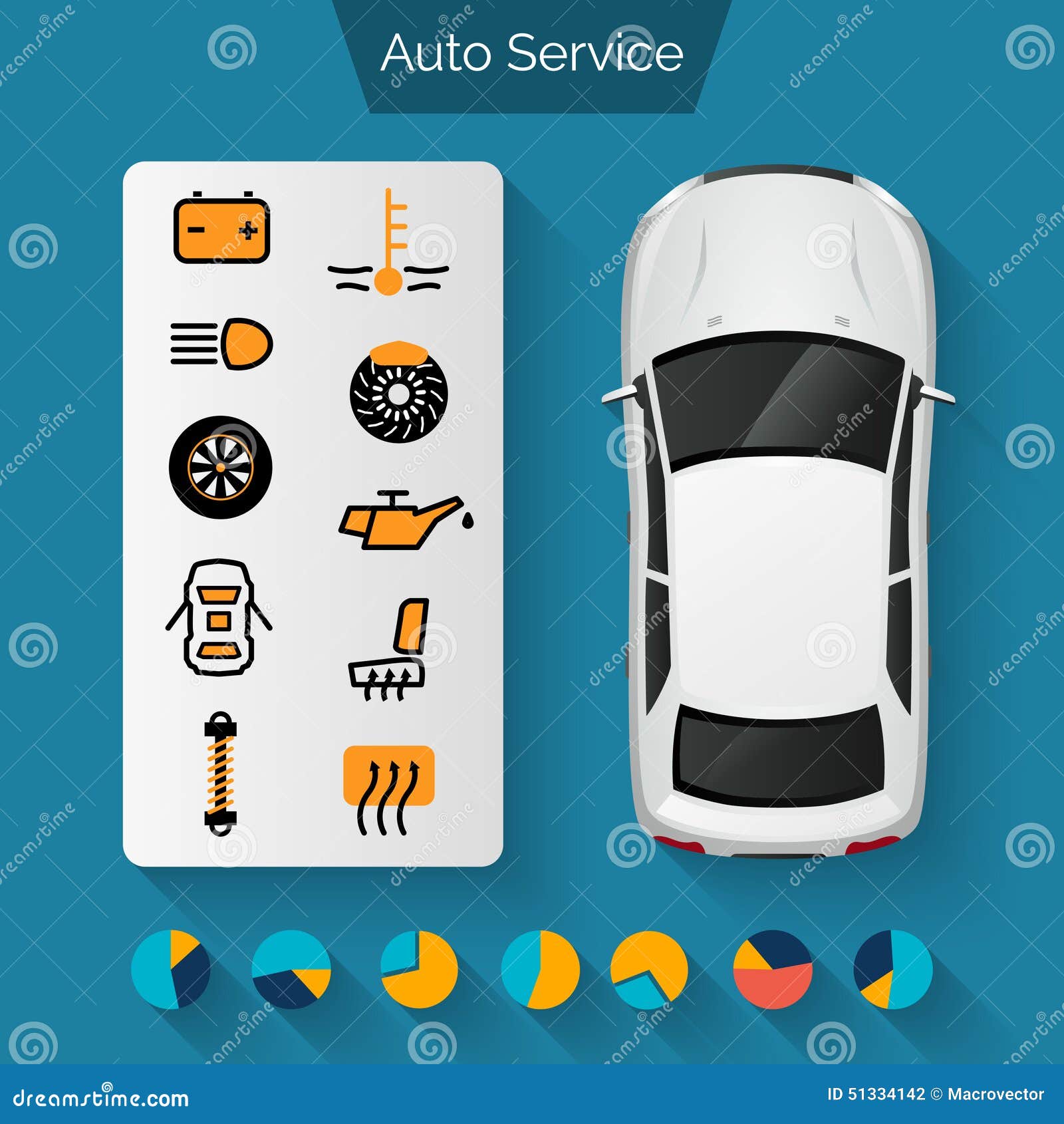Understanding The Definition Behind Your Vehicle'S Caution Lights: A Thorough Appearance
Understanding The Definition Behind Your Vehicle'S Caution Lights: A Thorough Appearance
Blog Article
Content Author-Samuelsen Stark
When you're behind the wheel, those beautiful caution lights on your control panel can be a little bit puzzling. Do you understand what they're trying to inform you concerning your auto's health? Recognizing the value of these lights is vital for your safety and security and the durability of your car. So, the next time among those lights appears, wouldn't you want to analyze its message properly and take the essential actions to resolve it?
Common Warning Lighting and Interpretations
Recognize usual caution lights in your vehicle and recognize their definitions to make certain safe driving.
One of the most normal caution lights consist of the check engine light, which signifies issues with the engine or emissions system. If this light begins, it's essential to have your car inspected without delay.
related web site advising light suggests low oil pressure, calling for instant attention to prevent engine damage.
A blinking battery light may recommend a malfunctioning charging system, possibly leaving you stranded otherwise addressed.
The tire stress surveillance system (TPMS) light informs you to reduced tire pressure, impacting vehicle security and gas performance. Neglecting this can bring about harmful driving conditions.
The abdominal light indicates an issue with the anti-lock stopping system, endangering your ability to stop swiftly in emergencies.
Last but not least, the coolant temperature alerting light warns of engine getting too hot, which can lead to serious damages otherwise settled swiftly.
Recognizing these common caution lights will aid you address concerns immediately and preserve safe driving problems.
Importance of Prompt Focus
Understanding the common warning lights in your automobile is only the initial step; the significance of immediately addressing these warnings can't be highlighted sufficient to guarantee your safety and security when driving.
When a caution light brightens on your dashboard, it's your automobile's method of connecting a potential issue that requires focus. Overlooking these warnings can lead to extra serious issues later on, endangering your safety and security and potentially costing you much more in repairs.
Prompt focus to advising lights can prevent breakdowns and mishaps. For example, a flashing check engine light can indicate a misfire that, if left unattended, can trigger damage to the catalytic converter. Resolving this immediately can conserve you from an expensive fixing.
In https://brake-line-fittings06283.blogpixi.com/30557938/ten-key-recommendations-for-selecting-one-of-the-most-trusted-auto-repair-shop-in-your-area , a brake system alerting light could signify low brake liquid or worn brake pads, important parts for your security when driving.
Do It Yourself Troubleshooting Tips
If you see a warning light on your control panel, there are a couple of DIY repairing tips you can attempt before looking for professional aid.
The first step is to consult your vehicle's guidebook to comprehend what the certain caution light shows. Occasionally the problem can be as simple as a loose gas cap triggering the check engine light. Tightening up the gas cap may deal with the problem.
car clean near me is a reduced battery, which can trigger various advising lights. Examining the battery connections for deterioration and guaranteeing they're safe and secure might fix the problem.
If a warning light continues, you can attempt resetting it by separating the auto's battery for a couple of mins and then reconnecting it. Furthermore, examining your automobile's fluid levels, such as oil, coolant, and brake liquid, can help repair alerting lights related to these systems.
Final thought
To conclude, understanding your automobile's warning lights is vital for keeping your car running smoothly and safely. By promptly dealing with these informs and recognizing what they imply, you can avoid costly fixings and prospective breakdowns.
Bear in mind to consult your auto's guidebook for specific information on each warning light and do something about it appropriately to guarantee a trouble-free driving experience.
Remain informed, stay secure when driving!
